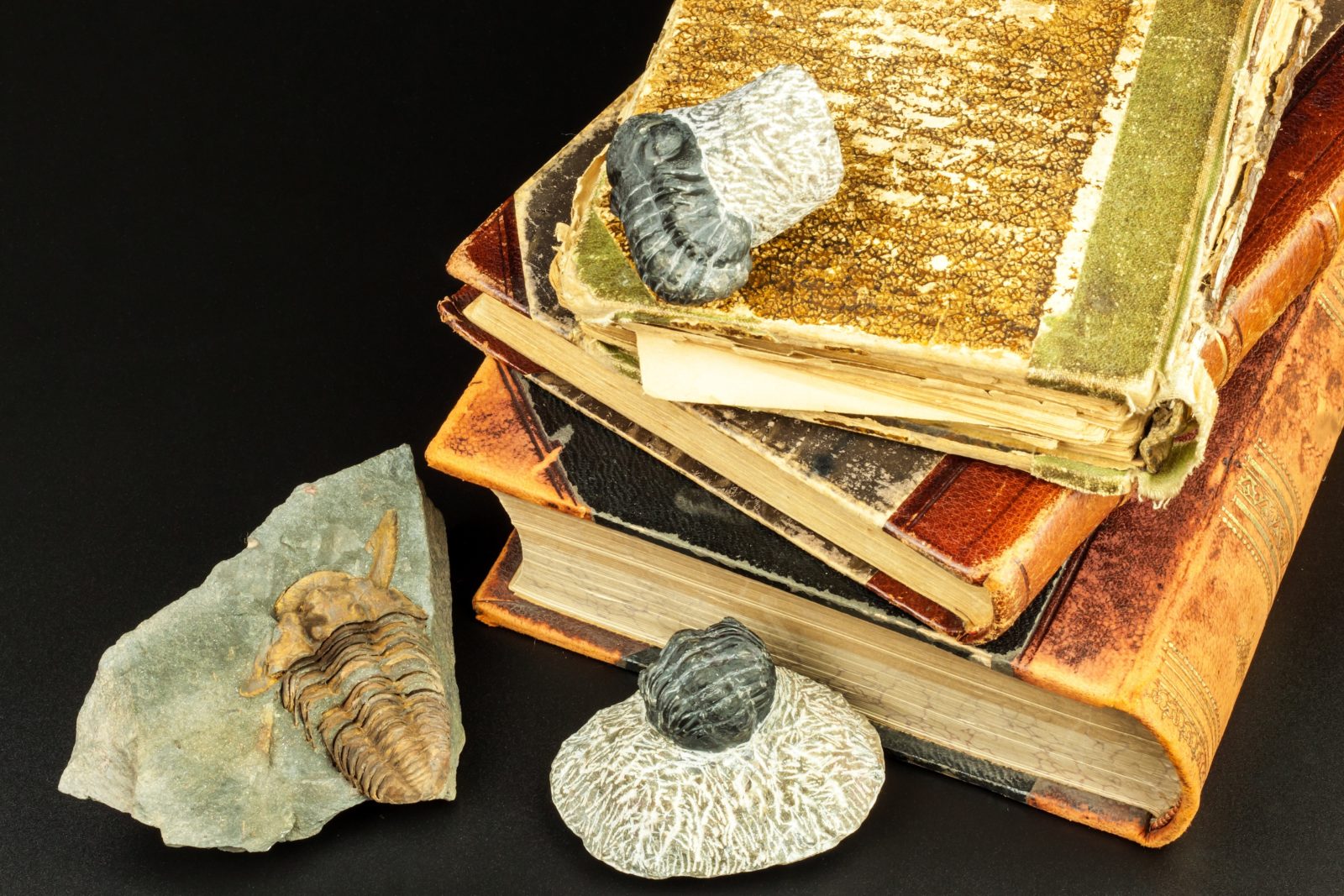
Irreducible Complexity And Darwinian Pathways
It’s official. Behe’s concept of irreducible complexity (IC) has found itself in the peer-reviewed scientific literature. Ironically, it was introduced by two critics of ID attempting to formulate non-teleological mechanisms for spawning IC. The article is: Thornhill, R.H., Ussery, D.W. 2000. “A classification of possible routes of Darwinian evolution.” J. Theor. Bio. 203: 111-116. First of all, this article shows Read More ›
